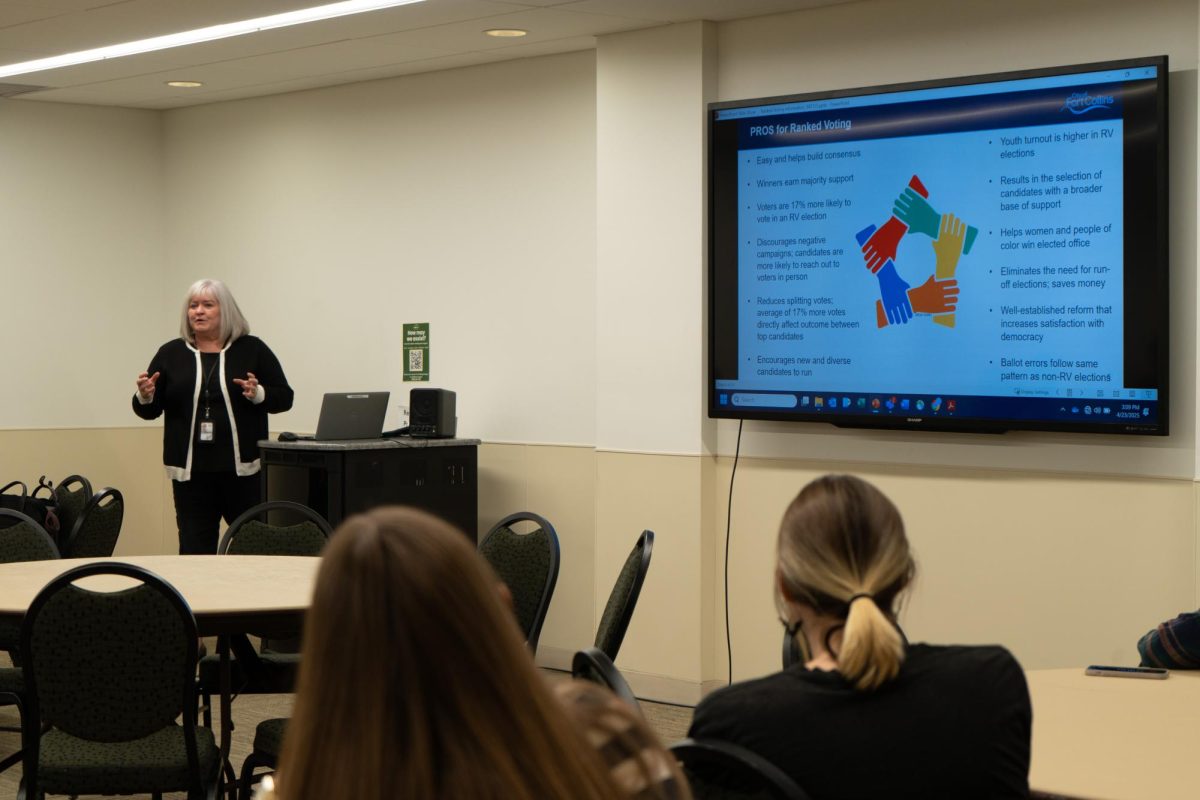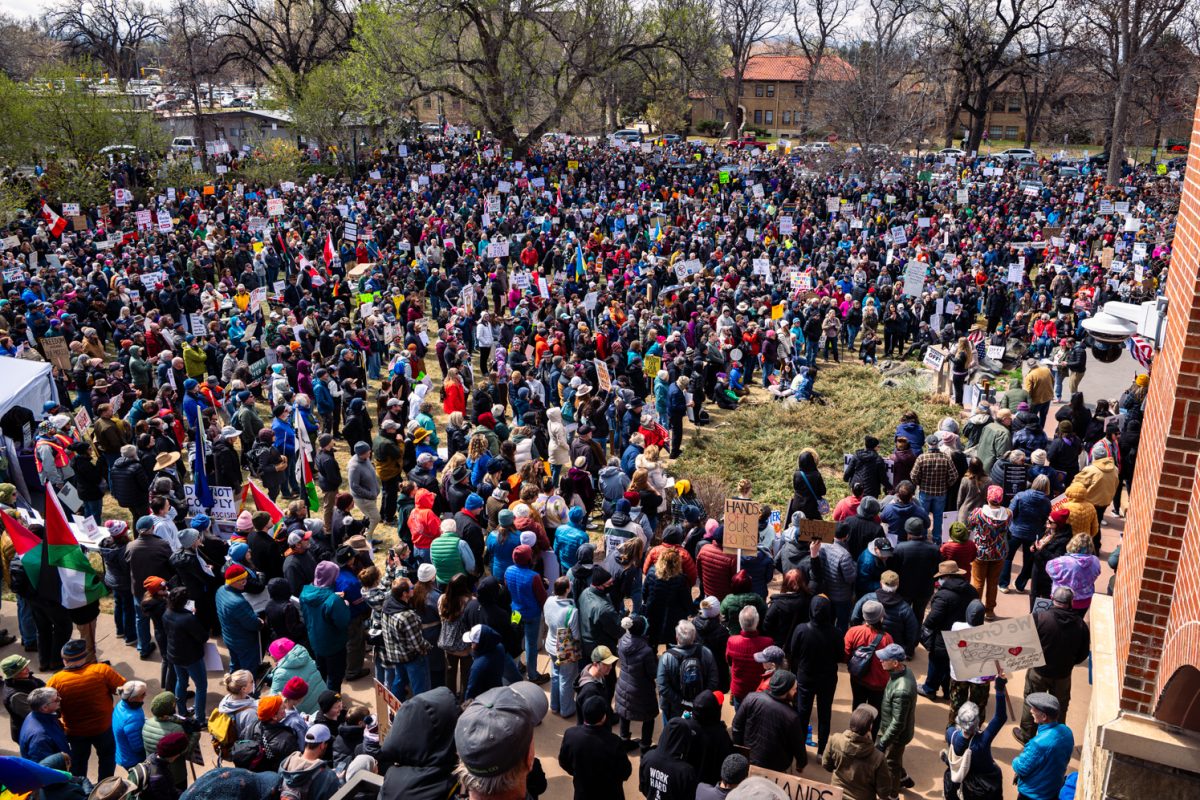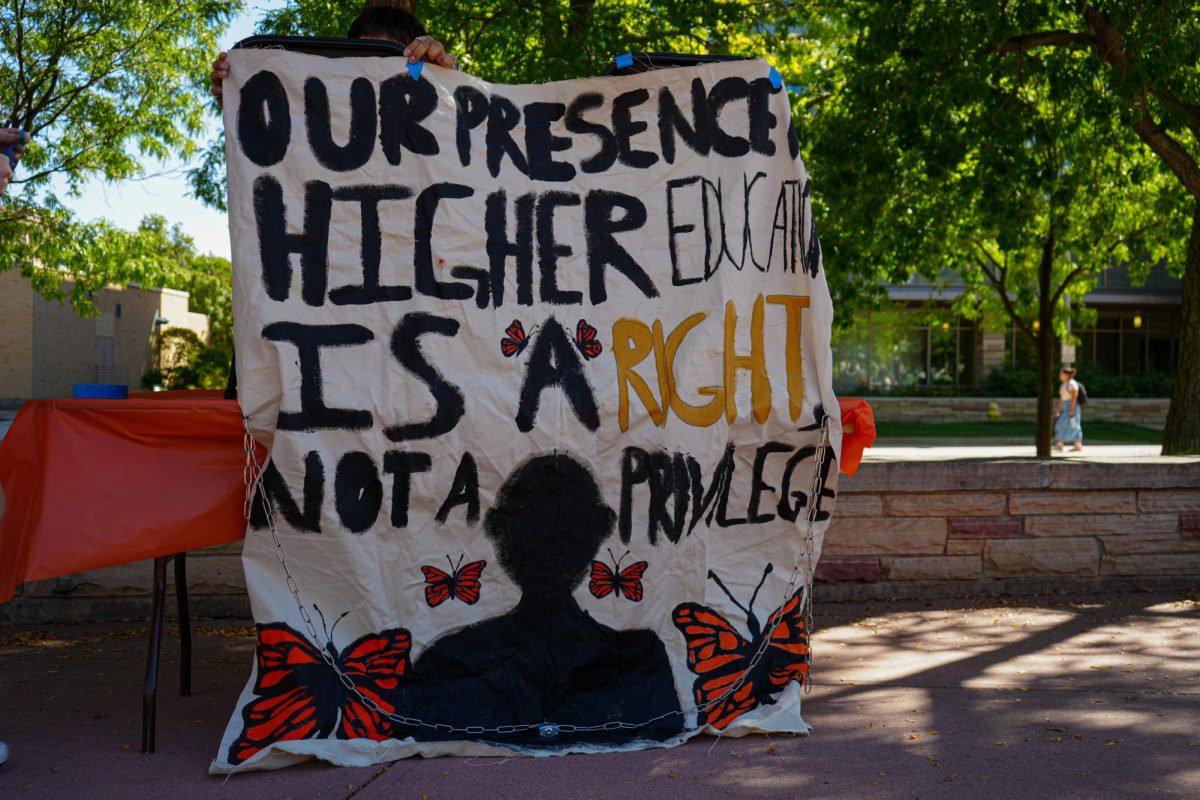
Completing a passenger rail for the long-term but expanding the highway in the short-term make up a large part of the future transportation plans for northern Colorado.
The last community issues forum of the year, hosted by Sen. John Kefalas and Rep. Joann Ginal, featured an expert panel to discuss the future of Colorado transportation.
The panel consisted of Andy Karsian, legislative liaison for Colorado Department of Transportation; Jim Souby, president of Colorado Rail Passenger Association; and Becky Karasko, regional transportation planning director for North Front Range Metropolitan Planning Organization.
According to Souby, CRPA’s main concern now is getting a Front Range passenger rail running from the north to south border along Interstate 25.
Souby and Karasko both serve on the new passenger rail commission, which will facilitate the rail’s development.
As far as funding goes, Souby said the conversation about the cost of rail has changed now that it costs an equitable amount to expand the highway.
“If we could build significant passenger rail capacity in that (I-25) corridor, it will sustain and carry fourteen times as many people as (an) interstate highway,” Souby said. “It’s an extraordinarily efficient system. It just has a high front-end cost, and that’s where the challenge is for us.”
A majority of Colorado’s transportation funding comes from state and federal gas tax, over half of which goes toward simply maintaining the existing infrastructure, according to Karsian. CDOT, on average, has an annual shortfall of $1 billion.
Some of that money is made back through certificates of participations or COPs, since Colorado’s Taxpayer Bill of Rights (TABOR) prevents the state from going into debt without obtaining voter approval first.
“We sell state buildings to a private entity who wants to buy it and then buy it back and use that money for the roads, essentially,” Karsian said. “That’s what a COP does.”
The nature of obtaining funds means a rail system would require ballot measures to push through, according to Souby. He cited a survey which showed a majority of those in the Front Range supported using $50 million of a $700 million sales tax for a passenger rail system, but the same measure had far less support in western counties. As such, the rail commission has discussed seeking funding from a special district limited to those served by the rail, since a statewide measure would likely not pass.
However, as a long-term project, Souby said the rail will take a gradual, step-by-step approach with just a few rails to test the competitiveness of the system against automobiles.
In the meantime, CDOT is pursuing the expansion the interstates to deal with congestion.
While Karsian acknowledged the state cannot build itself out of congestion, it is a short-term solution.
“Why are we still building highways? Because we have to,” Karsian said. “Because we can’t build the rails right now. Because we don’t have the hyperloop. And, our roads are congested and they’re unsafe and we have 1950s roads for a 2020 environment. So, that’s why we keep building roads.”
Karsian said the main concern of CDOT was improving the safety of the roads, but the complexities of switching to safer alternative transportation made it a challenging task.
“We build the roads in order to hopefully, have rail and technology and other things, so that we don’t need to build the roads later,” Karsian said.
According to Karasko, the multimodal transportation buildout plan for northern Colorado, involving all projects around I-25, is set to be complete by 2075.
Collegian reporter Samantha Ye can be reached at news@collegian.com or on Twitter @samxye4.







